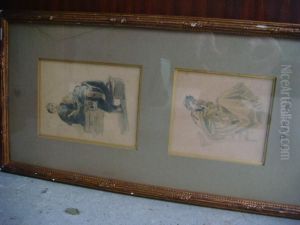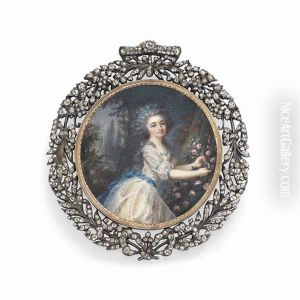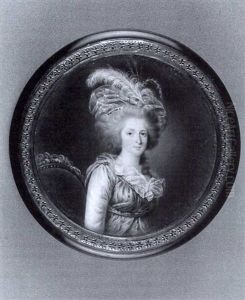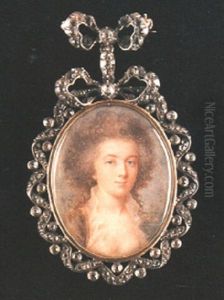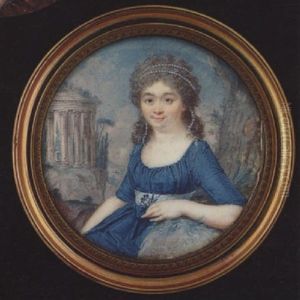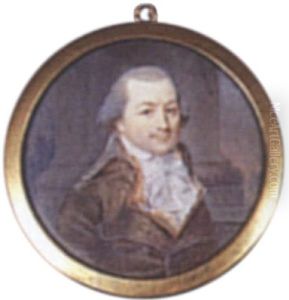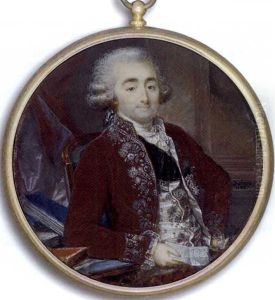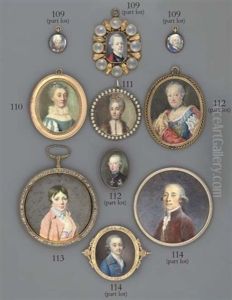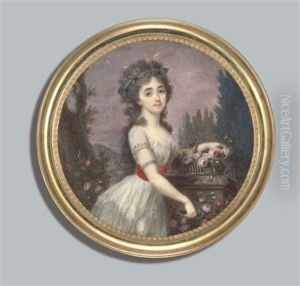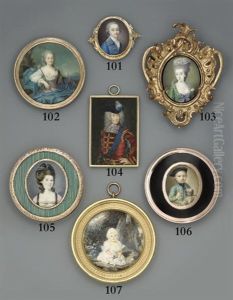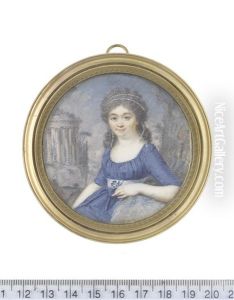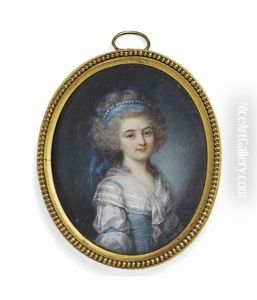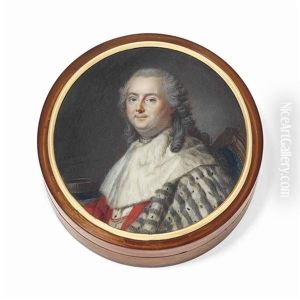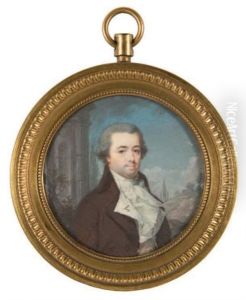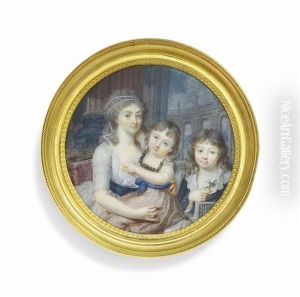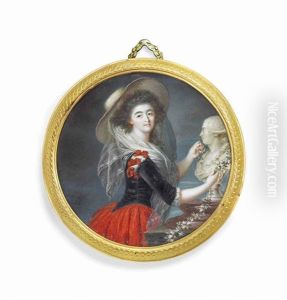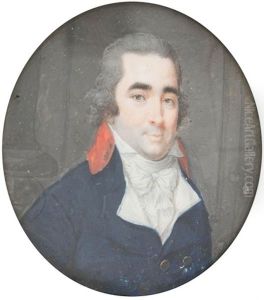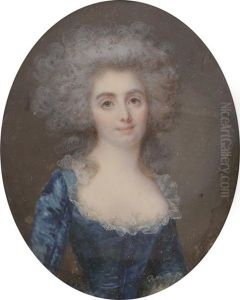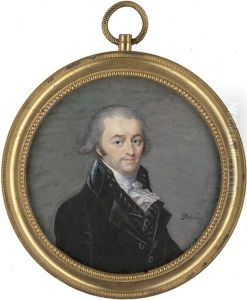Augustin Dubourg Paintings
Augustin Dubourg was a French artist born in 1758, during a period of significant political, social, and cultural transformations in France. Dubourg's life and career were notably framed by the backdrop of the French Revolution and the subsequent shifts in the art world. Despite the brevity of his life, Dubourg's artistic contributions were impactful, especially in the realm of printmaking and illustration, areas where he excelled and gained considerable recognition during his lifetime.
Dubourg's artistic journey began in Paris, where he was drawn to the thriving artistic community and the burgeoning neoclassical movement. This period in French art was characterized by a return to classical antiquity for inspiration, emphasizing harmony, simplicity, and proportion. Although specific details about Dubourg's training are scarce, it is known that he was part of this vibrant artistic milieu, absorbing the neoclassical ideals that were popular among his contemporaries.
Throughout his career, Dubourg was particularly noted for his skill in engraving and etching. His works often depicted scenes of contemporary life, historical events, and classical themes, all imbued with a sense of elegance and precision. Dubourg's ability to capture the essence of his subjects with fine detail and subtle gradations of tone earned him a place among the notable printmakers of his time. Moreover, his illustrations for books and literary works demonstrate his versatility and his capacity to complement and enhance the narratives with which he engaged.
Despite the promising trajectory of his career, Augustin Dubourg's life was cut short when he died in 1800, at the age of 42. His death marked the loss of a talented artist whose contributions to French art, particularly in the realm of printmaking, were beginning to gain wider appreciation. Today, Dubourg's works are considered significant for their artistic merit and for the light they shed on the aesthetic and thematic preoccupations of the late 18th century. In examining Dubourg's oeuvre, art historians and scholars recognize not only his technical proficiency but also his ability to navigate and reflect the tumultuous era in which he lived.
